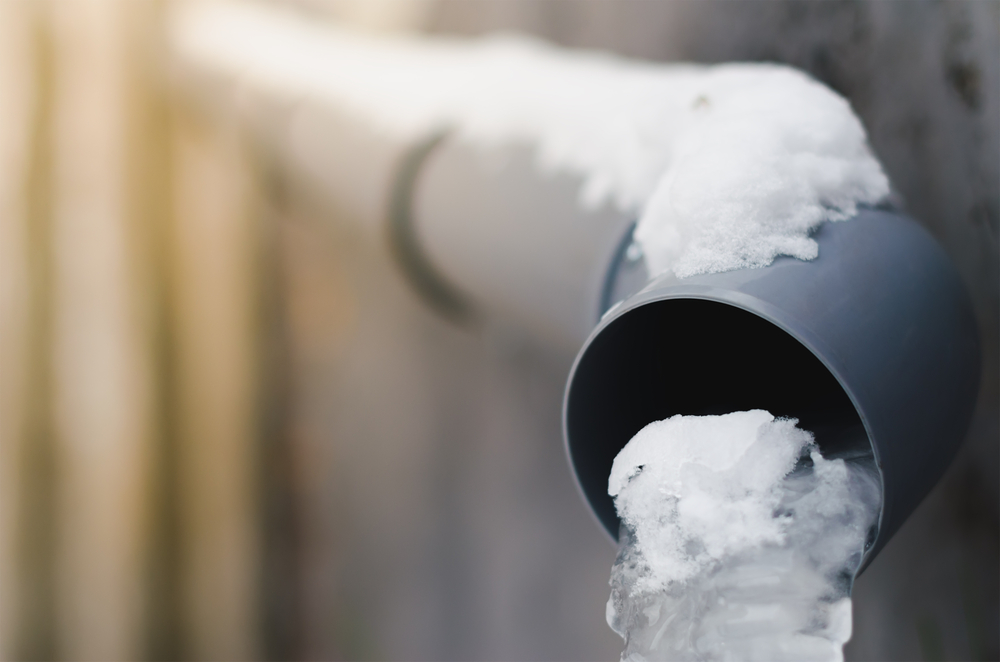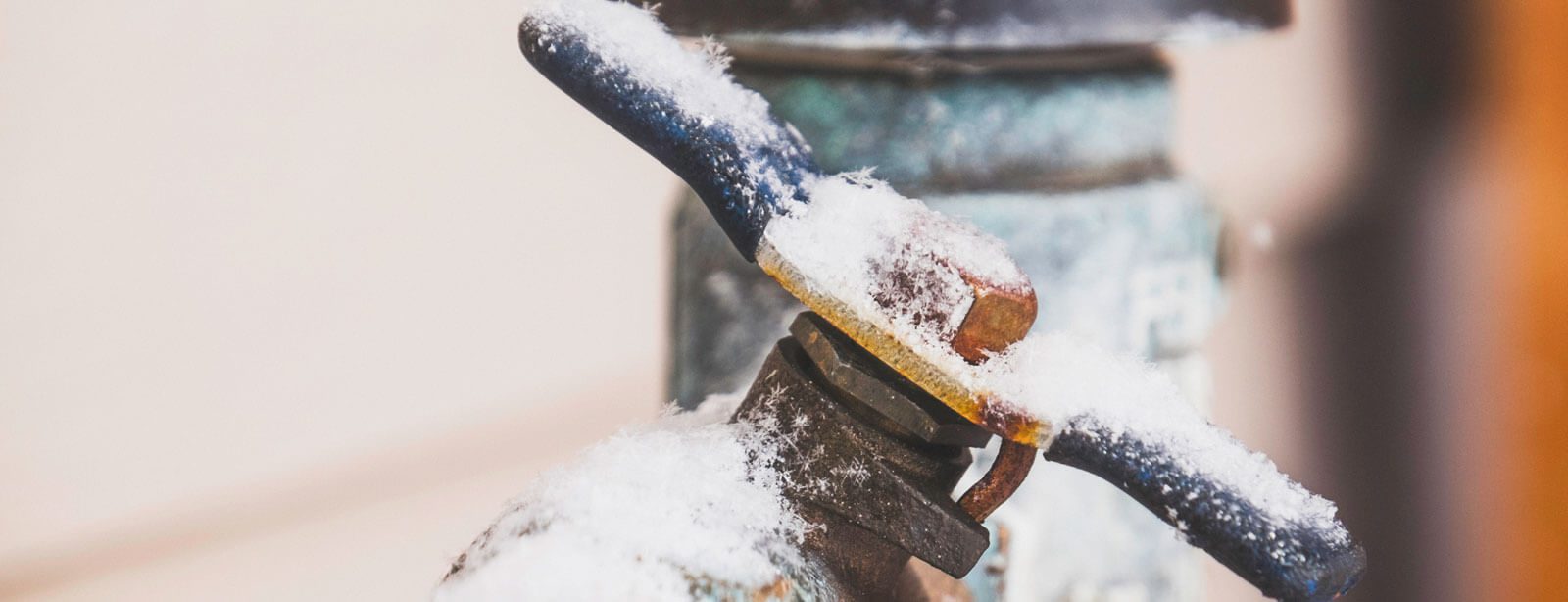Are you currently hunting for advice about Preventing and dealing with frozen pipes?

Cold weather can ruin your plumbing, especially by freezing pipes. Right here's just how to prevent it from taking place and what to do if it does.
Introduction
As temperature levels decrease, the threat of icy pipelines increases, potentially resulting in pricey repairs and water damage. Recognizing how to avoid frozen pipes is important for property owners in chilly environments.
Comprehending Icy Pipes
What triggers pipes to freeze?
Pipelines ice up when subjected to temperatures listed below 32 ° F (0 ° C) for expanded periods. As water inside the pipes ices up, it broadens, putting pressure on the pipeline walls and potentially creating them to rupture.
Risks and problems
Frozen pipelines can result in water supply disturbances, building damage, and pricey repair services. Burst pipes can flooding homes and create considerable structural damage.
Signs of Frozen Pipeline
Determining icy pipelines early can avoid them from rupturing.
Exactly how to recognize icy pipelines
Try to find reduced water flow from faucets, unusual odors or sounds from pipelines, and noticeable frost on subjected pipes.
Avoidance Tips
Shielding at risk pipelines
Wrap pipelines in insulation sleeves or make use of warm tape to safeguard them from freezing temperatures. Concentrate on pipes in unheated or exterior locations of the home.
Home heating techniques
Maintain indoor spaces adequately heated, specifically locations with plumbing. Open up closet doors to enable warm air to circulate around pipelines under sinks.
Safeguarding Outdoor Pipes
Garden tubes and exterior taps
Separate and drain garden pipes prior to winter months. Install frost-proof spigots or cover exterior faucets with protected caps.
What to Do If Your Pipelines Freeze
Immediate activities to take
If you suspect icy pipelines, maintain taps open up to alleviate pressure as the ice thaws. Use a hairdryer or towels taken in hot water to thaw pipelines gradually.
Long-Term Solutions
Structural adjustments
Consider rerouting pipelines far from outside walls or unheated areas. Include additional insulation to attic rooms, cellars, and crawl spaces.
Upgrading insulation
Buy high-grade insulation for pipes, attic rooms, and walls. Correct insulation helps keep consistent temperature levels and reduces the threat of frozen pipes.
Final thought
Avoiding icy pipelines requires positive measures and quick actions. By recognizing the causes, indications, and preventive measures, house owners can protect their plumbing throughout winter.
5 Ways to Prevent Frozen Pipes
Drain Outdoor Faucets and Disconnect Hoses
First, close the shut-off valve that controls the flow of water in the pipe to your outdoor faucet. Then, head outside to disconnect and drain your hose and open the outdoor faucet to allow the water to completely drain out of the line. Turn off the faucet when done. Finally, head back to the shut-off valve and drain the remaining water inside the pipe into a bucket or container. Additionally, if you have a home irrigation system, you should consider hiring an expert to clear the system of water each year.
Insulate Pipes
One of the best and most cost-effective methods for preventing frozen water pipes is to wrap your pipes with insulation. This is especially important for areas in your home that aren’t exposed to heat, such as an attic. We suggest using foam sleeves, which can typically be found at your local hardware store.
Keep Heat Running at 65
Your pipes are located inside your walls, and the temperature there is much colder than the rest of the house. To prevent your pipes from freezing, The Insurance Information Institute suggests that you keep your home heated to at least 65 degrees, even when traveling. You may want to invest in smart devices that can keep an eye on the temperature in your home while you’re away.
Leave Water Dripping
Moving water — even a small trickle — can prevent ice from forming inside your pipes. When freezing temps are imminent, start a drip of water from all faucets that serve exposed pipes. Leaving a few faucets running will also help relieve pressure inside the pipes and help prevent a rupture if the water inside freezes.
Open Cupboard Doors
Warm your kitchen and bathroom pipes by opening cupboards and vanities. You should also leave your interior doors ajar to help warm air circulate evenly throughout your home.

I'm certainly very fascinated by Helpful Tips to Prevent Frozen Pipes this Winter and I'm hoping you enjoyed the piece. Those who appreciated our blog posting plz make sure you remember to pass it around. I am grateful for your time. Don't hesitate to come by our website back soon.
Click Here